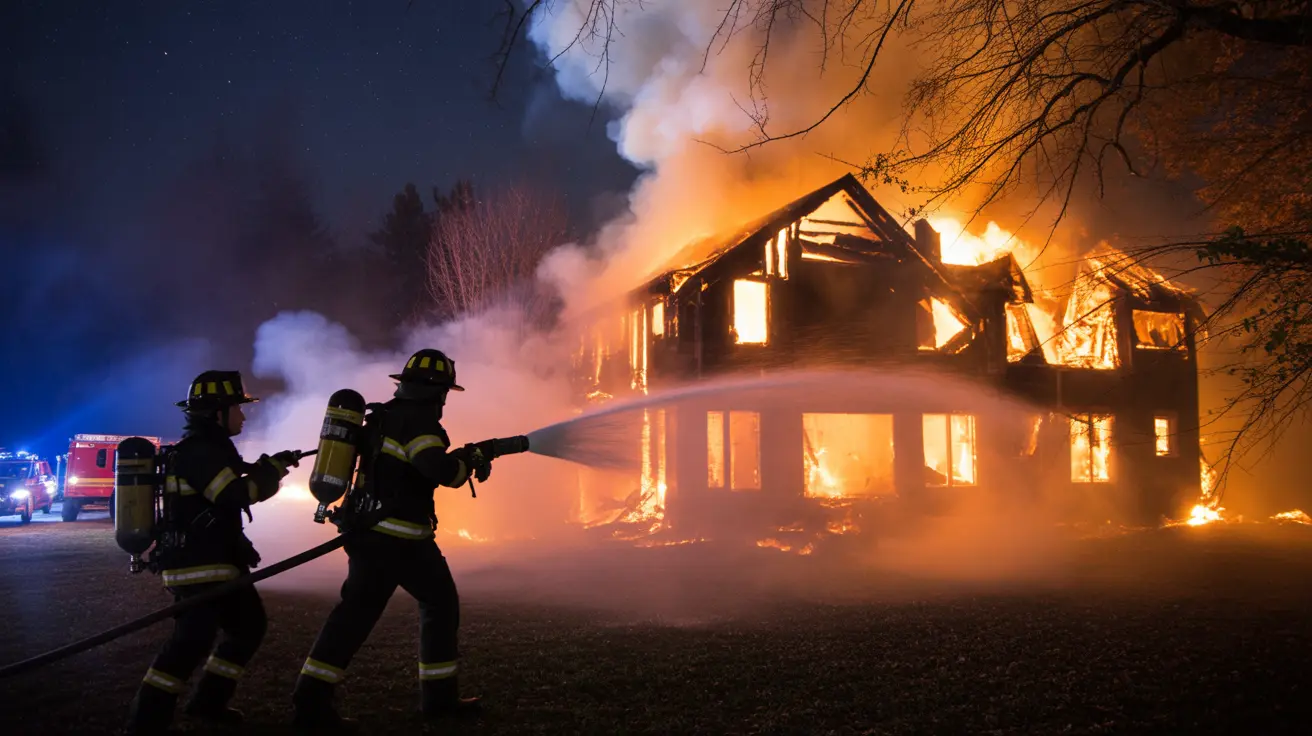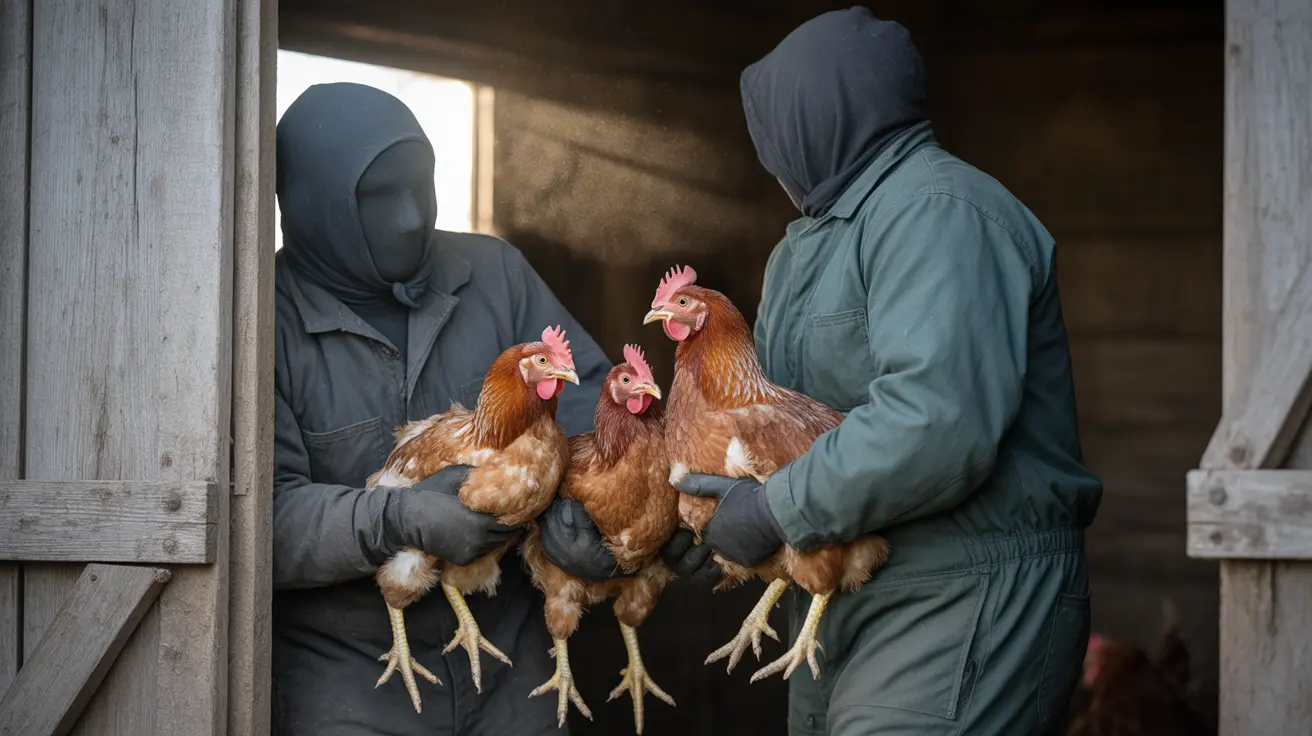Should You Leave the Heating On for Your Dog at Night?
When temperatures drop in the evening, many pet owners wonder: Do dogs need heating on at night? The answer depends on various factors such as breed, age, size, and the inside temperature of your home. While dogs are naturally equipped with fur to help them regulate their body temperature, not all dogs are equally resistant to the cold.
Understanding a Dog’s Temperature Tolerance
The average comfortable temperature for most dogs ranges between 65°F to 75°F (18°C to 24°C). However, tolerance varies significantly based on the breed, size, and health condition of the dog:
- Small or Toy Breeds — These dogs have a higher surface-area-to-volume ratio, making heat retention more difficult.
- Short-Haired or Hairless Breeds — Dogs like Greyhounds or Chinese Cresteds don't have sufficient insulation from their coat.
- Seniors and Puppies — Young and elderly dogs have less capacity to regulate body heat effectively.
Signs Your Dog is Cold at Night
Dogs will show certain behaviors if they are uncomfortable due to the cold. Common signs include:
- Shivering or shaking
- Curling up tightly
- Whining or restlessness during the night
- Seeking warm places or burrowing in blankets
Should You Leave the Heating On?
In well-insulated homes, heating may not be necessary for all dogs. However, there are situations where adding extra warmth can be beneficial:
- In extremely cold climates or during winter
- If your dog sleeps in drafty or poorly insulated areas
- If your dog falls into a vulnerable category like short-haired, senior, or young
Rather than leaving on the central heating all night, you can consider these alternatives:
- Electric heated pet beds with temperature controls
- Thermal blankets or special dog pajamas
- Hot water bottles (used safely and wrapped in blankets)
Safety Precautions When Adding Heat
If you decide to provide extra heating, safety should be a top priority:
- Avoid open flames and space heaters that dogs could knock over
- Use pet-safe heating devices with automatic shut-off features
- Monitor the temperature to prevent overheating, which can be as dangerous as cold exposure
When to Consult a Vet
If your dog shows signs of persistent discomfort, lethargy, or changes in behavior that may relate to cold exposure, it's advisable to consult your veterinarian. They can help determine your dog’s ideal ambient temperature and recommend safe heating options.
Conclusion: Does My Dog Need Heating at Night?
The necessity of heating for dogs at night is not one-size-fits-all. Most healthy, adult dogs can comfortably sleep without extra heat if temperatures remain above 60°F (15°C). However, dogs that are small, short-haired, elderly, or very young may benefit from added warmth. Providing your furry friend with cozy bedding, insulated spaces, and safe heat sources can ensure a good night’s rest—no matter how chilly it gets outside.





